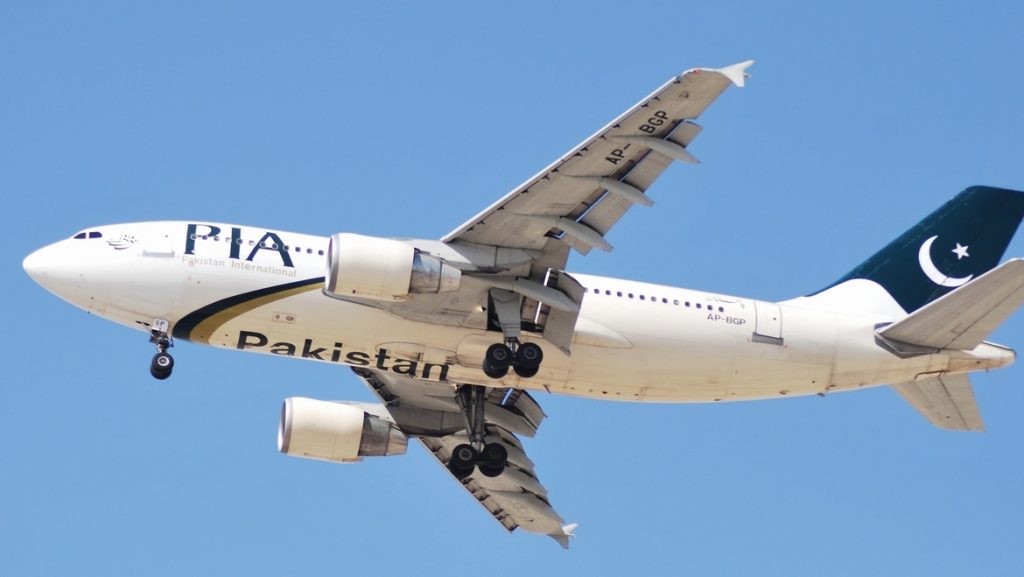
Airlines based in Pakistan could face a ban from flying to 188 nations over its ongoing scandal, which saw 30 per cent of its pilot workforce accused of obtaining their licences fraudulently.
In a letter dated 3 November, the International Civil Aviation Organisation, a specialised branch of the United Nations, stated that the Pakistan Civil Aviation Authority had failed to meet international standards in instances related to both the training and licensing of pilots.
In failing to meet ICAO standards, airlines in Pakistan are likely to face a ban that would cease their rights to fly in 188 nations.
It comes a little over a month after the ICAO instructed Pakistan to undertake “immediate corrective actions” and suspend the issuance of any new pilot licences until the matter had been properly investigated and resolved.
The scandal has also already seen state-owned carrier Pakistan International Airlines (PIA) banned from flying to the UK and European Union.
The scandal became public knowledge in August this year, when Pakistan’s Aviation Minister, Ghulam Sarwar Khan, alleged that 262 of Pakistan’s 860 active, licensed pilots may have obtained their licences through fraudulent paths.
“[They] were found not to have given their exams themselves,” said Minister Khan. “They give money and have a dummy candidate sit in their place.”
The shocking revelations were made amid a preliminary report before the parliament on a PIA plane crash that had occurred in Karachi in May, which killed 98 people.
On 22 May, PIA Airbus A320 crashed into a residential neighbourhood about 1.4 kilometres from Karachi’s Jinnah International Airport, following two failed attempts to land at the airport.
Minister Khan revealed to the Parliament that on the first approach, the pilot attempted to land without first releasing the landing gear, causing both engines to hit the runway three times before the pilot lifted off again.
On his second approach, the pilot reported that both engines – damaged by the impact with the runway on its first approach – had failed.
The aircraft then crashed into a dense residential neighbourhood, just short of the airport, on its second approach.
The crash ultimately killed 97 of the 99 people on board, as well as a child who was within one of the 29 homes destroyed by the plane.
The initial investigation report stated that “human error” on the part of both the aircraft’s pilots and air traffic controllers was primarily to blame for the crash, stating that the pilot ignored three warnings from air traffic control regarding the aircraft’s excessive altitude and speed during its approach into the aerodrome.












